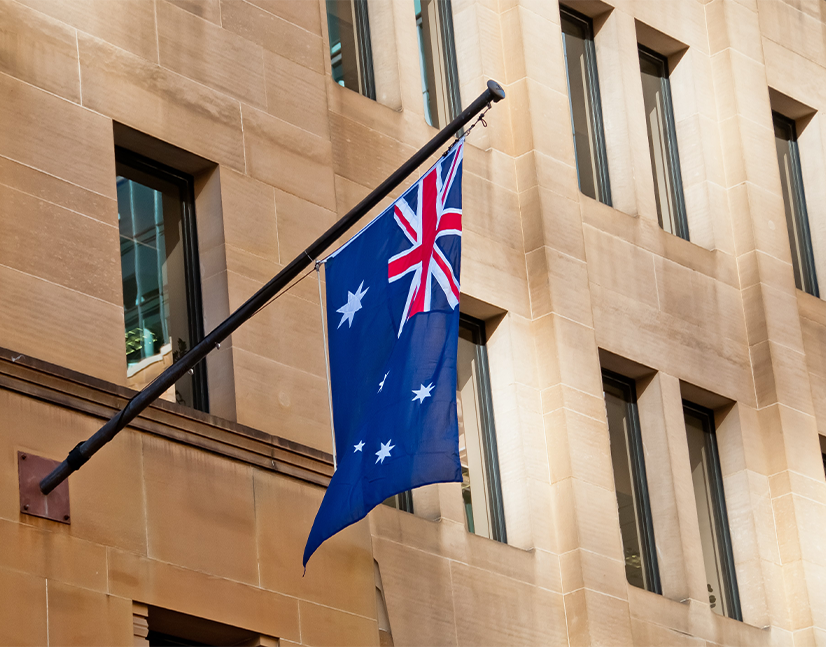
News

The Australian dollar credit market displayed new-found resilience as ING Bank Australia and Macquarie Bank returned to primary issuance on 13 August after a volatile start to the month brought activity to a temporary halt. The issuers’ confidence to print ahead of a major-bank deal – and their pricing outcomes – demonstrate positive fundamental and technical conditions, deal sources say.

Powerco says its first green loan will be one of many. In fact, the borrower plans to follow the NZ$300 million seven-year revolving credit facility, which it closed in late July, with two smaller green loans in mid-August and another planned for later this year. The electricity distributor has a growing capex task and expects more green labelled debt to come – including wholesale bonds.

After a tumultuous start to the week in global markets, conditions appeared to have settled by 7 August. But Australian credit market participants agree that even if the equity market correction proves to be short-lived there needs to be a consolidation period before the impact on issuance conditions is fully understood.

New South Wales Treasury Corporation took advantage of the more positive market environment just before the recent wave of market upheaval to print a substantial syndicated tap at the start of August. In a sign of how quickly market tone changed, the issuer points to positive data prints ahead of its transaction as significant supporting factors for a significantly oversubscribed book.

Market sources say high-grade names will step back from the Australian dollar primary market after fears of a hard landing US recession took hold, spurring a wave of volatility across asset classes – despite early signs that the shock may already be retracing.

The Australian fixed income and securitisation markets largely built on a highly successful 2023 to deliver positive new issuance volume in the first six months of 2024, setting a number of records albeit typically with incremental rather than game-changing growth. New Zealand, meanwhile, has had a slow first half for new issuance outside the local sovereign.

Transition and sustainability-linked bonds have offered early potential to support the aspects of economic transition with the greatest degree of additionality and impact. But issuance has slowed after a promising start, in particular due to enhanced scrutiny of transaction structures’ ambition. Market leaders gathered in Amsterdam in June to path a road forward.

The Australian Office of Financial Management issued its first syndication off a larger borrowing programme for 2024/25 last week, taking A$11.5 billion out of the market and attracting demand nearly five times transaction size. Deal sources tell KangaNews the results should provide confidence about capacity for high-grade issuers in Australian dollars.

Household Capital reopened a long-dormant sector of the Australian public securitisation market on 18 July, when it priced its inaugural reverse residential mortgage-backed securities deal. The issuer says it plans to become a regular presence in the market amid the demographic-driven growth in the reverse mortgage product that some analysts expect to see.

Having access to household energy emissions data has long been mooted as a means to unlocking sustainable finance options in the residential market. A significant forward step may have emerged in the form of a partnership between CoreLogic and Australia’s national science agency.

ANZ has funded at pace in the month of July, including testing appetite for Australian dollar tier-two tenor with its first 15-year non-call 10 transaction in more than a year – and being rewarded with a record book. The bank also priced its first syndicated US dollar deal since March.

Canada’s provinces have a longstanding presence in the Kangaroo market, with an issuance history stretching back more than two decades. The sector roared back to relevance in 2024 after an extended period of declining issuance volume, with four new benchmark deals – all of which would have smashed the previous record for provincial issuance in Australian dollars.
